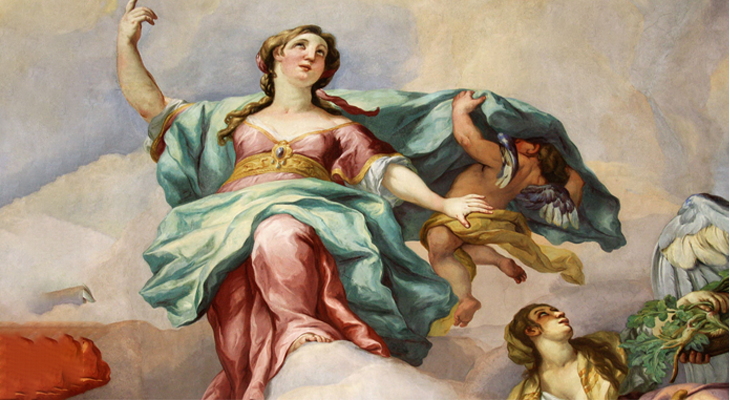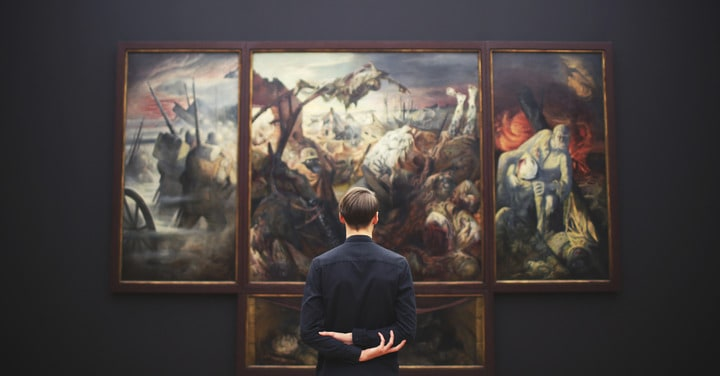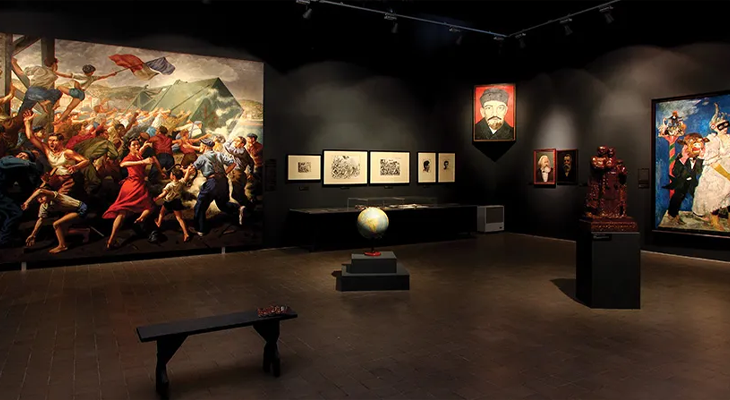The Rise of NFTs in the Art World: Exploring Digital Ownership

In recent years, the art world has witnessed a seismic shift with the emergence of Non-Fungible Tokens (NFTs), revolutionizing the way we perceive and own digital art. NFTs have become the latest buzzword, sparking conversations and controversies alike. But what exactly are NFTs, and how are they reshaping the landscape of digital ownership?
At its core, a Non-Fungible Token is a unique digital asset that represents ownership or proof of authenticity of a particular item or piece of content, such as artwork, music, videos, or even tweets. Unlike cryptocurrencies like Bitcoin or Ethereum, which are fungible and interchangeable, each NFT is distinct and cannot be replicated or exchanged on a one-to-one basis.
So, why the sudden surge in interest and investment in NFTs? One of the key factors driving this phenomenon is the concept of scarcity and exclusivity. Historically, digital art has struggled to maintain its value and authenticity due to the ease of reproduction and distribution. However, by leveraging blockchain technology, NFTs provide a solution to this problem by creating a verifiable and immutable record of ownership, thus imbuing digital assets with rarity and uniqueness.
Moreover, NFTs offer artists unprecedented control over their work and the potential to earn royalties on secondary sales. Unlike traditional art markets where artists often receive a one-time payment for their creations, NFTs enable artists to program smart contracts that automatically allocate a percentage of sales back to the original creator each time the artwork is resold—a game-changer for artists seeking to monetize their digital creations in a fair and sustainable manner.
However, the rise of NFTs has also sparked debates surrounding issues of environmental impact and accessibility. Critics argue that the energy-intensive process of minting NFTs and maintaining blockchain networks contributes to carbon emissions and exacerbates climate change—an issue that has prompted calls for greater transparency and accountability within the NFT community.
Furthermore, the exorbitant prices and speculative nature of NFTs have raised concerns about widening socioeconomic inequalities and pricing out emerging artists from participating in the market. While NFTs have undoubtedly provided opportunities for established artists to reach new audiences and generate revenue, there is a pressing need to address the barriers to entry for marginalized artists and ensure that the benefits of this technology are inclusive and accessible to all.
In conclusion, the rise of NFTs represents a paradigm shift in the way we perceive and engage with digital art, offering both unprecedented opportunities and challenges for artists, collectors, and enthusiasts alike. As the technology continues to evolve and mature, it is essential to navigate these complexities with a critical lens and a commitment to fostering a more equitable and sustainable art ecosystem for generations to come.



